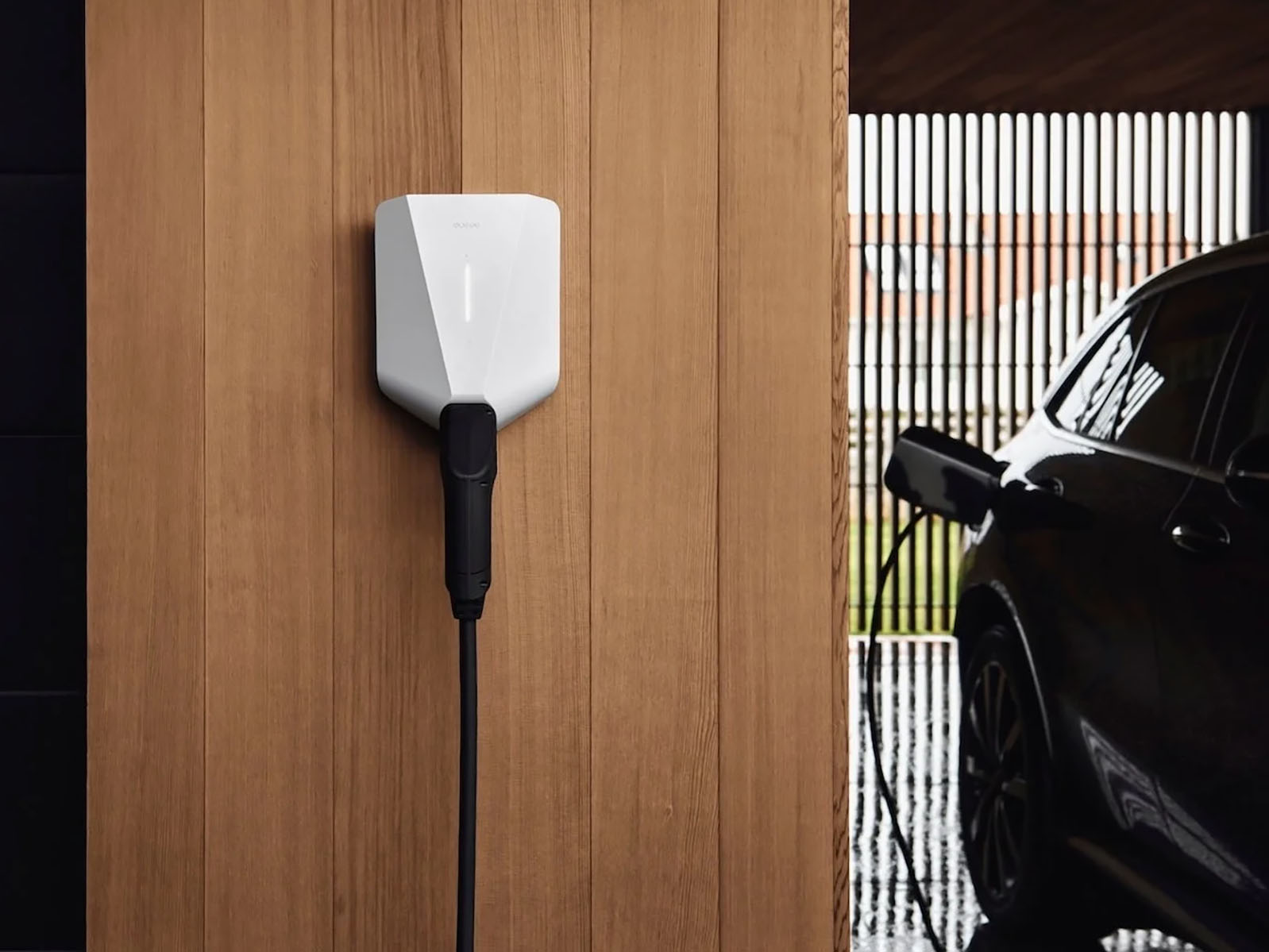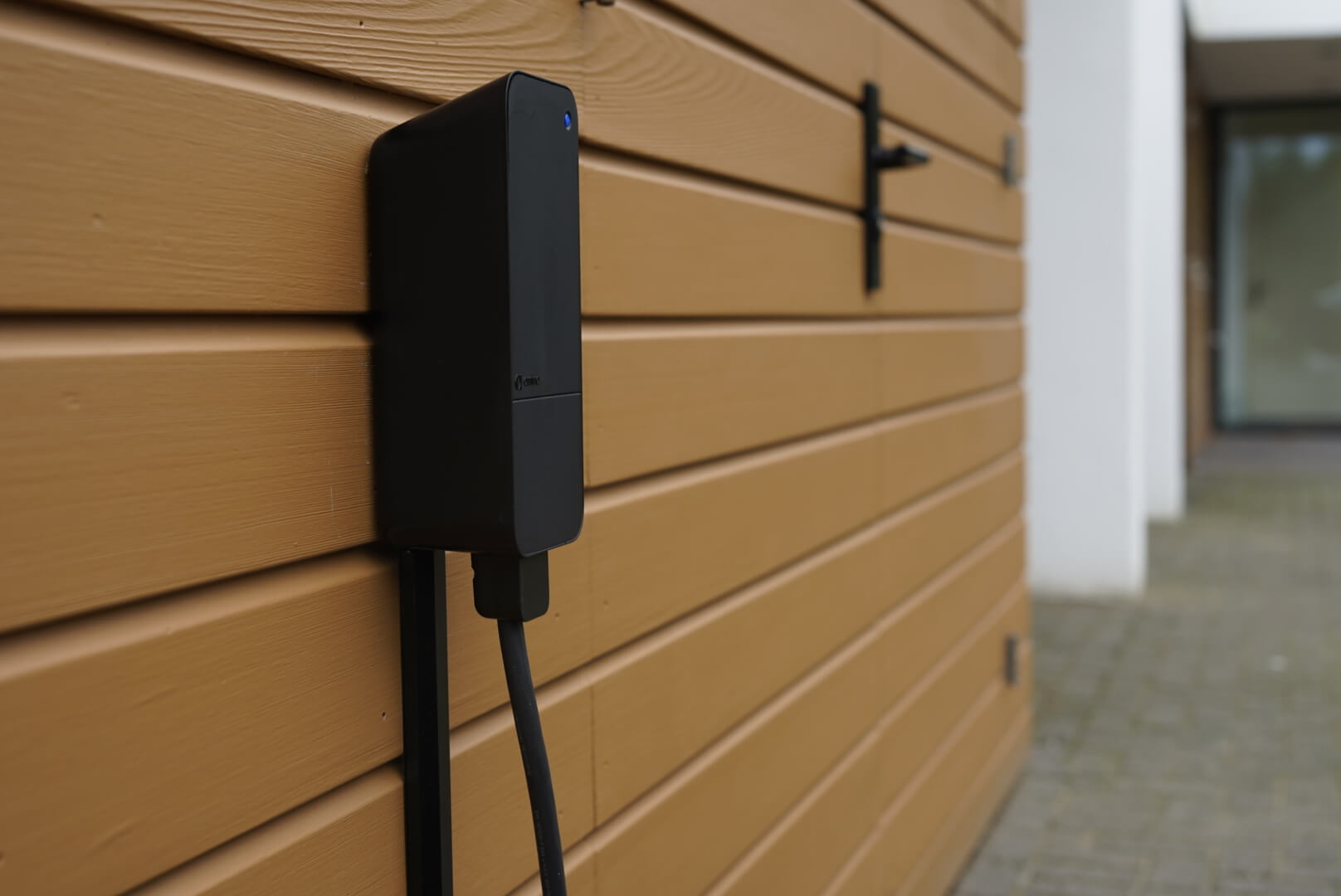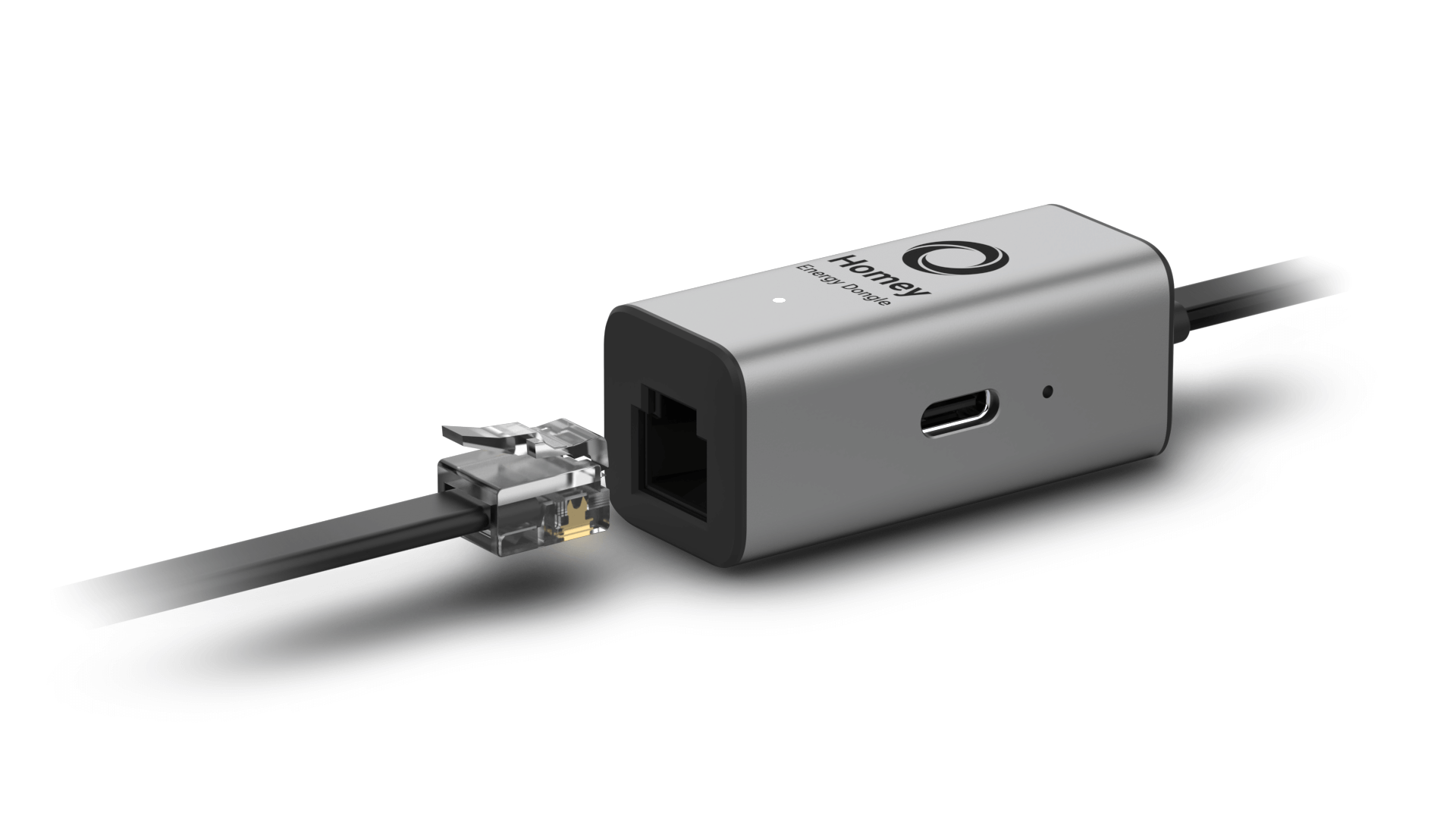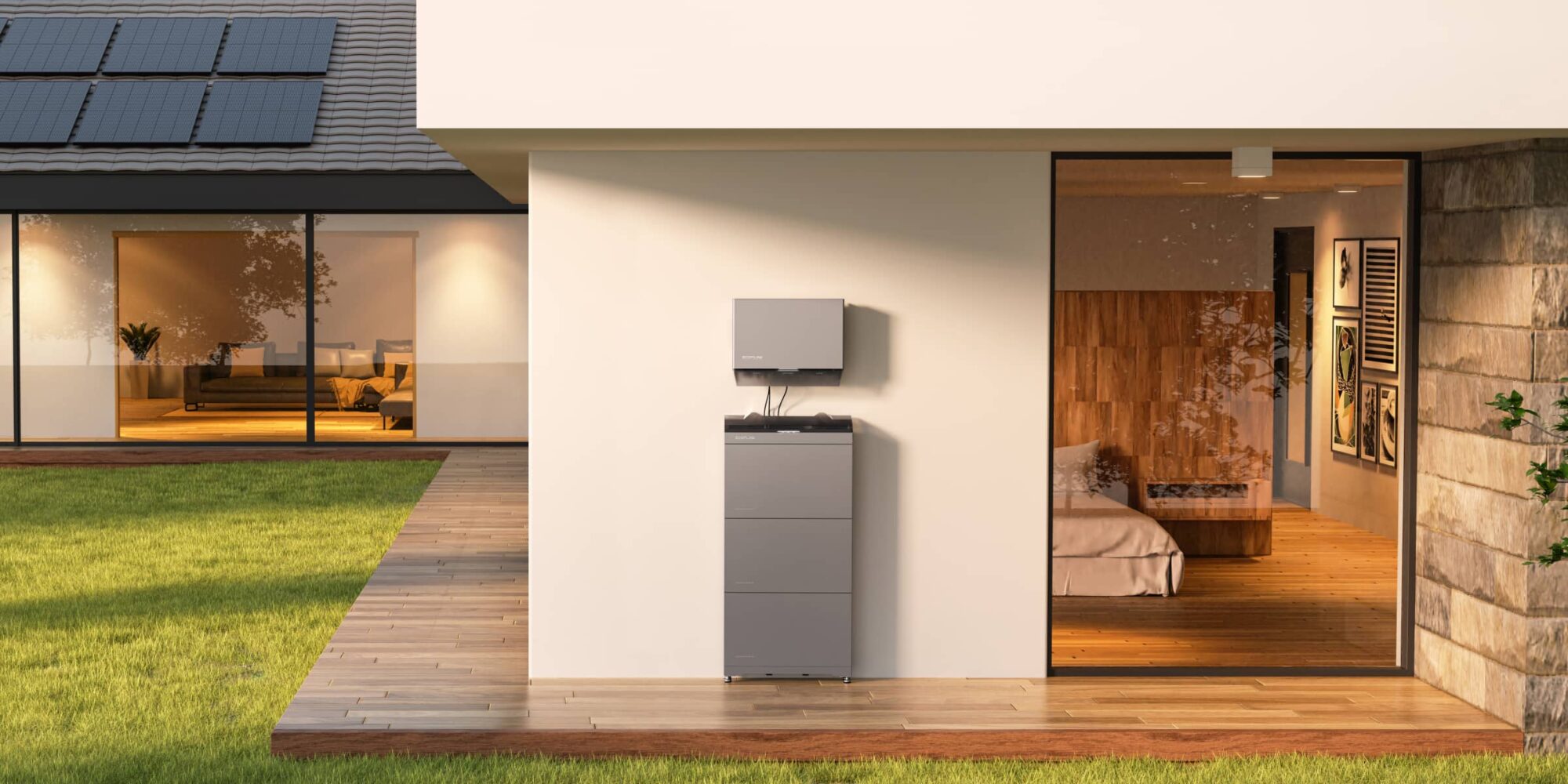
What are EV Chargers and How to Optimize Their Energy Usage in a Smart Home?
Electric vehicles are becoming a common sight on roads, and with them comes the need for efficient home charging. A smart EV charger does more than just fill your car battery. It can help you save money, use renewable instead of grid energy, and manage your home’s electricity more effectively.
In this article, we will explore how smart EV chargers work, how they integrate with a connected home, and the different strategies you can use to optimize charging for energy savings. Whether you are a new EV owner or looking to upgrade your charging setup, this guide will help you make the most of your home charging system.
Contents
- What are EV chargers?
What are smart electric vehicle chargers and what do they do? - The Anatomy of a Smart EV Charger
What comprises an EV charger and which components are important in a smart home? - Integrating EV Chargers into Your Smart Home
How to integrate EV chargers and EV charger energy data into your smart home? - Optimizing EV Charging for Energy Savings
Discover how to save energy with EV chargers and a HEMS like Homey - Smart EV Charging for a Cost-Effective Home
Using EV chargers for a greener, cost-effective home
What are EV Chargers?
An Electric Vehicle (EV) charger is a device that delivers electricity from your home to your electric vehicle. Besides actually charging your EV, these smart devices regulate voltage and current to protect your car's battery and your home's electrical system. In a smart home, the charger becomes the central link between your power supply and your EV, giving you control over when and how your car charges.

Smart EV chargers can also act as intelligent energy managers. When connected to a home energy management system like Homey, they can automatically charge your car during off-peak hours when electricity is cheapest or ramp up charging when your solar panels are producing extra power. This transforms your EV charger from a simple appliance into a tool that helps you save money and use energy more efficiently.
The Anatomy of a Smart EV Charger
A smart EV charger is far more than just a cable and a plug. It’s a sophisticated system made up of several components that work together to deliver electricity safely, efficiently, and intelligently. Each part plays a role the system, which communicates with your smart home and ensures your EV charges reliably.
Internal Circuitry and Safety Systems
At the heart of a smart charger is its internal circuitry, which carefully regulates the flow of electricity to your car’s battery. Safety is a top priority, so these systems include features like ground fault protection and overcurrent detection to prevent damage to both your vehicle and your home’s wiring. If something goes wrong, the charger can even notify your smart home hub, sending alerts so you can act quickly.
Power Conversion and Delivery
The power conversion system in a charger is responsible for converting AC electricity from your home into DC electricity which the car's battery needs. In more powerful DC fast chargers, a DC-DC converter ensures the power delivered matches your car’s battery specifications, allowing safe and efficient rapid charging.
Integrated Power Meter
A key feature that sets smart chargers apart is the integrated power meter. This meter accurately tracks how much electricity your EV is using and provides real-time data to your smart home system. By understanding exactly how much power your car is drawing, your smart home can make informed decisions, such as when to charge based on energy costs or available solar power.
Did you know? The splitter design of the Homey P1 Energy Dongle allows you to connect your EV charger for monitoring real-time electricity consumption and load balancing.
Communication and Control Module
The communication module is what makes a charger truly “smart.” Using wireless technology like Wi-Fi, Zigbee, or Bluetooth, it connects your charger to your home network and smart home hub. This allows you to start, stop, or schedule charging from a Flow and gives your hub real-time updates on charging status.

Enclosure, Mount, and Cable
Even the physical parts of a smart charger matter. A weatherproof, durable enclosure protects internal electronics from the elements, while secure mounting hardware keeps the charger safely in place. The charging cable and connector provide the durable interface that links your home power to your EV, ensuring reliable operation every time you plug in.
Integrating EV Chargers into Your Smart Home
A smart EV charger reaches its full potential when it is integrated into your smart home ecosystem. Rather than functioning as a standalone device, it becomes a connected component that works with other systems in your home to optimize energy use and simplify charging management.
Smart home hubs like Homey can connect to a variety of EV chargers through dedicated brand apps. Once connected, your hub can pull real-time data from the charger, showing exactly how much electricity your EV is using and when. This data can be combined with information from other sources, such as your home’s smart energy meter, to create automation Flows that save energy and money.

The Homey Energy Dongle, with its unique P1 port splitter, lets your EV charger share a connection with your utility meter. This provides live data on your household’s total electricity consumption, enabling the charger to automatically adjust its speed through dynamic load balancing. The result is smarter charging that maximizes available power while preventing overloads on your main fuse, all without requiring manual intervention.
Optimizing EV Charging for Energy Savings
Once your EV charger is integrated into your smart home, you can start to save real money by optimizing your charging habits. A home energy management system like Homey gives you control over when and how your car charges, ensuring you always use electricity at the most cost-effective times. From taking advantage of dynamic energy tariffs to using solar power or stored energy, smart charging strategies can make a noticeable difference on your electricity bill.
Dynamic Tariffs and EV Charging
When energy prices vary throughout the day, known as dynamic tariffs, smart EV charging can significantly cut your electricity costs. A HEMS system like Homey can schedule your charger to start automatically when rates are lowest, often at night or during off-peak hours. By aligning your EV charging schedule with these cheaper periods, you not only save money but also help balance demand on the power grid.
EV Charging On a Solar Surplus
If your home has solar panels, you can optimize EV charging by making full use of surplus solar power. A solar-aware smart charger can monitor your home’s energy production in real time and increase charging speed when excess solar electricity is available. This allows you to power your EV with clean, renewable energy at no additional cost while reducing your reliance on the grid.
Smart Load Balancing
High-power appliances like ovens, heat pumps, and washing machines can push your electrical system close to its capacity. With smart load balancing, your EV charger dynamically adjusts the charging current based on real-time household consumption. This ensures you use the maximum available power for charging without tripping your main fuse, allowing all appliances to operate safely and efficiently.
Battery Storage Integration
Integrating your smart EV charger with a home battery storage system gives you the flexibility to store electricity when it is cheapest or most abundant, such as during off-peak hours or from your solar panels. For example, you can fill your battery with low-cost night-time electricity and have it ready to charge your car the moment you arrive home from work.

Vehicle-to-Home (V2H) Power Sharing
Some modern EVs support Vehicle-to-Home technology, allowing your car’s battery to supply electricity back to your home. Using a compatible bi-directional charger, like the Wallbox Quasar 2, your EV can provide power during peak tariff periods or keep essential appliances running during outages. This not only lowers your energy costs but also enhances your home’s energy resilience and sustainability, making your EV an active part of your energy ecosystem.
Smart EV Charging for a Greener, Cost-Effective Home
Smart EV chargers are more than just a way to power your vehicle. They are central components of an efficient, connected home energy management system. By integrating your charger with a smart home hub like Homey, you gain control over when and how your car charges. This allows you to take advantage of dynamic tariffs, solar power, battery storage, and load balancing.
Whether you are charging during off-peak hours, using surplus solar energy, or even sharing power from your EV back to your home with Vehicle-to-Home technology, each feature contributes to a greener, more resilient household. Investing in a smart EV charger means you can enjoy the convenience of home charging while actively managing your energy consumption, lowering your carbon footprint, and preparing your home for the future of sustainable living.



